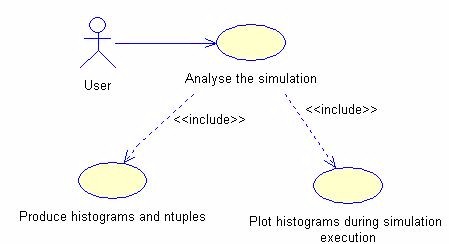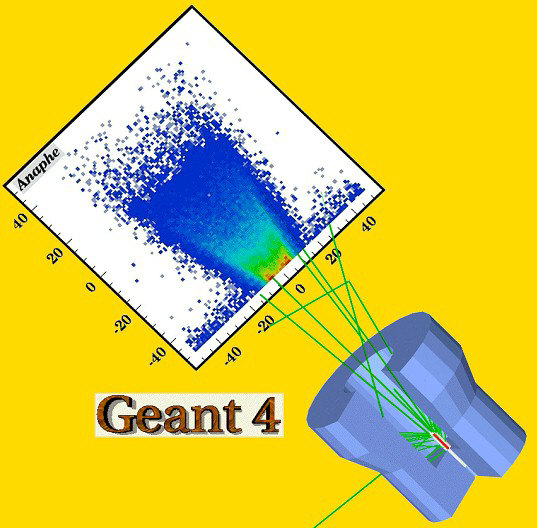
Analysis in the Advanced examples is based on AIDA
(Abstract
Interfaces for Data Analysis).
Various analysis tools systems, implementing the AIDA interfaces, are available:
Being based on AIDA, the design and the code of the simulation application are independent from any specific analysis system; the user may choose the analysis implementation of his/her choice by loading the corresponding shared library.
